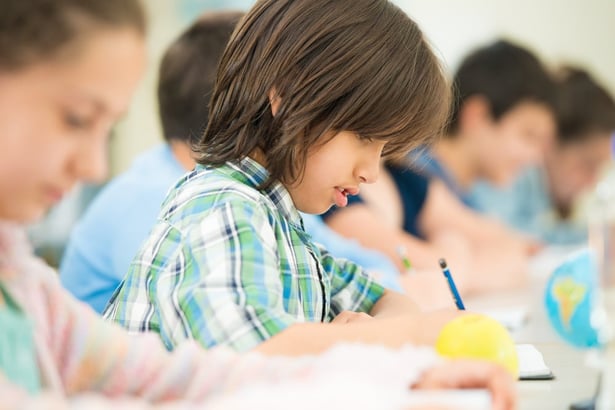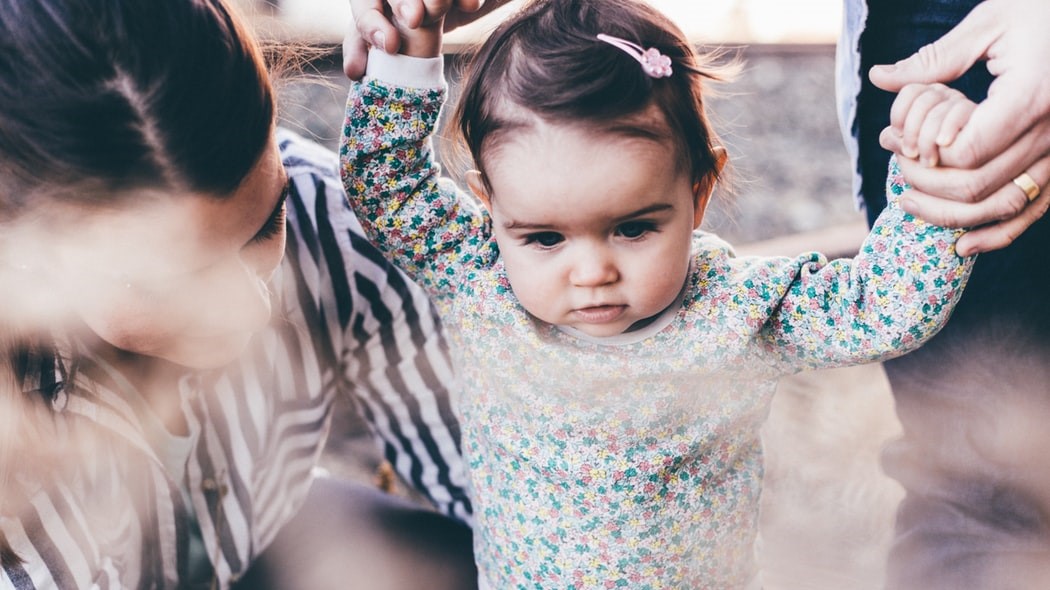Newsletter
Carbon dioxide (CO2) is a naturally occurring greenhouse gas, but humans are responsible for pumping unhealthy levels of it into the atmosphere. People have accelerated the release of CO2 through the burning of fossil fuels like gasoline, oil, and natural gas. We also release CO2 naturally when we exhale.
For a long time, it was believed that CO2 levels had little effect on people, but there is a growing body of research suggesting that CO2 found in classrooms and bedrooms may have a harmful effect on the body, including cognitive abilities.

Understanding CO2
CO2 is a primary greenhouse gas that is naturally released from volcanic activity, wildfires, and decomposition. The earth’s carbon cycle controls levels of CO2 through a natural process involving the oceans, soil, plants, and animals.
However, humans are pumping more carbon dioxide into the atmosphere than the earth can absorb. With the burning of fossil fuels, deforestation, and cement production, humans release gigatons of carbon dioxide each year, only part of which the earth removes. This overflow has increased atmospheric concentrations of carbon dioxide from 330 ppm in 1975 to well over 400 ppm in 2017.
CO2 & Climate Change
Because CO2 is a greenhouse gas, carbon dioxide is a contributing factor to global climate change. Even though the world’s climate is constantly in flux, the increase in human emissions has created a global warming trend and an increase in the occurrence of extreme weather events. The Natural Resources Defense Council reports that climate change is to blame for more heat-related deaths and the spread of infectious diseases.
The National Institutes of Health says the rise of CO2 levels has coincided with a sharp increase in asthma cases across the globe due to its link to climate change, and the Harvard Medical School and the Center for Health and Global Environment links the rise in asthma cases, in part, to climate-related factors like CO2 emissions. The study found a sharp increase in asthma cases among preschoolers from 1980-1994. The 160% jump in asthma cases was tied to the rise in CO2 and its resulting impact on air pollution and climate change.
CO2 in Schools
Climate change is not the only way carbon dioxide can harm you and your family. It can also directly cause cognitive problems when exposed to moderate to high levels indoors.
At levels commonly found in schools and meeting rooms, kids can experiences issues with focus related to the CO2 in the room. They may find it difficult to concentrate, and their head could feel foggy. Not only that, but your kids can also feel sleepy or tired when exposed to this CO2. They will not perform or feel their best at school breathing in extra carbon dioxide.
So, what are the acceptable levels of carbon dioxide in school? In general, indoor co2 levels should be kept below 1000 ppm to be sure your child isn't affected. CO2 levels in schools can regularly exceed 2500 ppm, which can make it difficult for your kid to focus, and may even make your child feel drowsy.
If your kid reports feeling this way at school, opening one of the classroom windows when outdoor weather and air quality permits is a good way to stave off increasing indoor CO2 levels. Similarly, keeping the classroom door open can help keep the air circulating and fresh.
For more information about carbon dioxide, where it comes from and what you can do to protect your family from CO2, click below to access our guide to understanding carbon dioxide.
How Can I Protect My Child from CO2?
Ventilation
Your air purifier will not filter out carbon dioxide, and an air mask will not help, either. The only way to deal with in-home carbon dioxide is to dilute it with fresh, outdoor air, and the best way to dilute your air is through manual or mechanical ventilation.
Even if it is just opening a window, letting fresh air into your home will help prevent carbon dioxide from building up. Keeping the door open while your children sleep will help protect them at night. For greater protection at school, make sure that your school's HVAC system is in good working condition and that the ventilation system is pulling in enough fresh air from outside.
Remove sources of CO2
Removing sources of extraneous CO2 is a common sense way to prevent CO2 levels from building up.
Some everyday sources of CO2 in your home are fireplaces, stoves, cigarettes, and candles, but you should be aware that anything with an open flame creates carbon dioxide. Removing these sources of carbon dioxide will help limit how much CO2 your kids are exposed to at home.
Know your air with a CO2 monitor
While ventilation and removing open flames will definitely help protect your child, carbon dioxide could be there without you knowing it. CO2 is a colorless, odorless gas, so you won’t be able to detect it on your own. The only way to know for sure how much CO2 is in the room is by getting a carbon dioxide monitor.
The Laser Egg+ CO2 is an indoor air quality monitor designed to help you take action when the air in your home goes south. The Laser Egg can work with your smart home appliances to automatically run an air purify or air conditioner to improve air quality, and the easy-to-read screen uses colors and the standard air quality index (AQI) number system to keep you informed. The Laser Egg is portable and is easily moved from room to room. You can even take it with you in the car or on family trips! All you need is a WiFi connection.
Kaiterra provides air quality monitors and an IAQ analytics dashboard for healthy buildings and offices, helping workplace leaders and healthy building pioneers assess and improve their indoor air quality. Our indoor air quality monitors like the Sensedge and the Sensedge Mini can be found in many of the world’s most iconic buildings and workplaces, such as the Empire State Building and the Burj Khalifa.






.png?width=200&height=148&name=Menu%20C%20(2).png)

.png?width=307&height=228&name=Menu%20-%20D%20(1).png)
.png)





